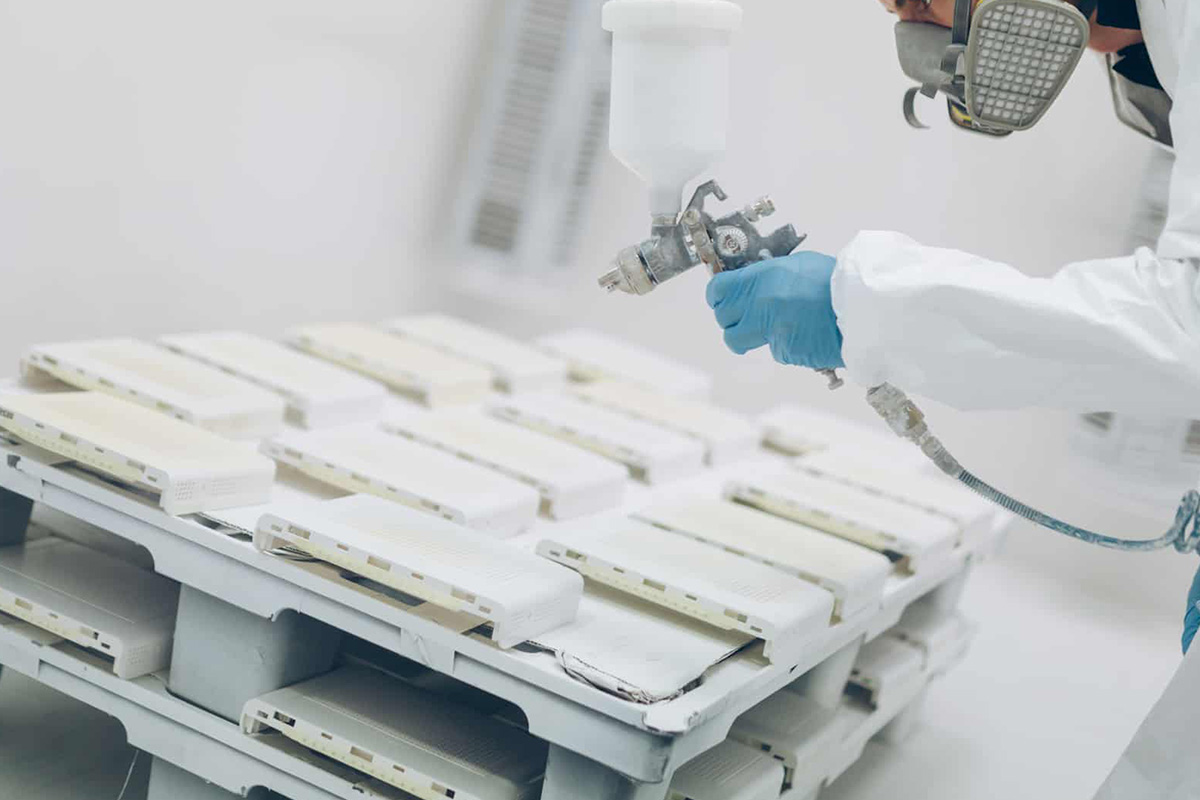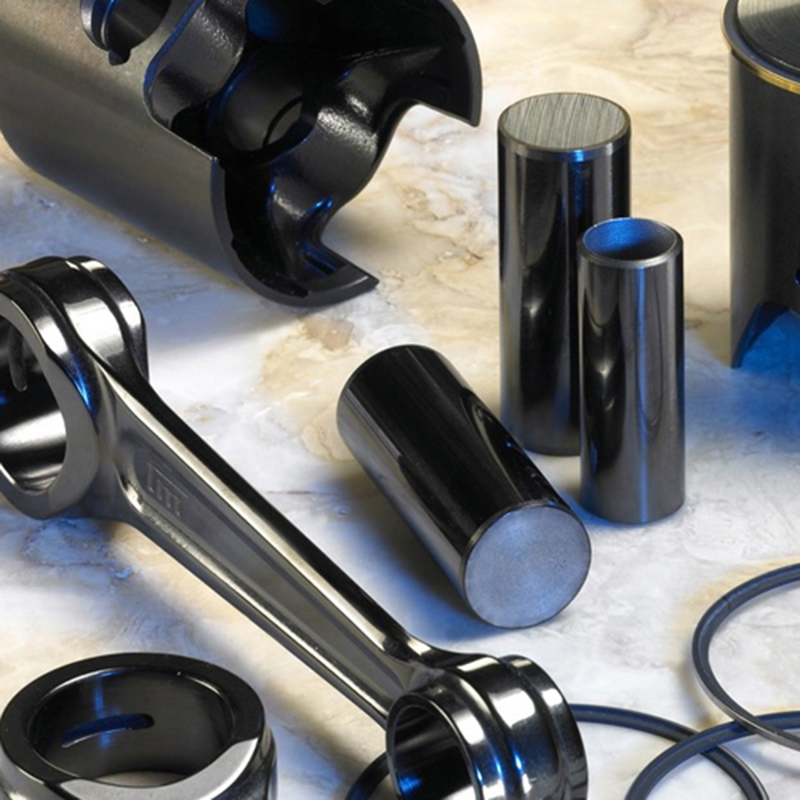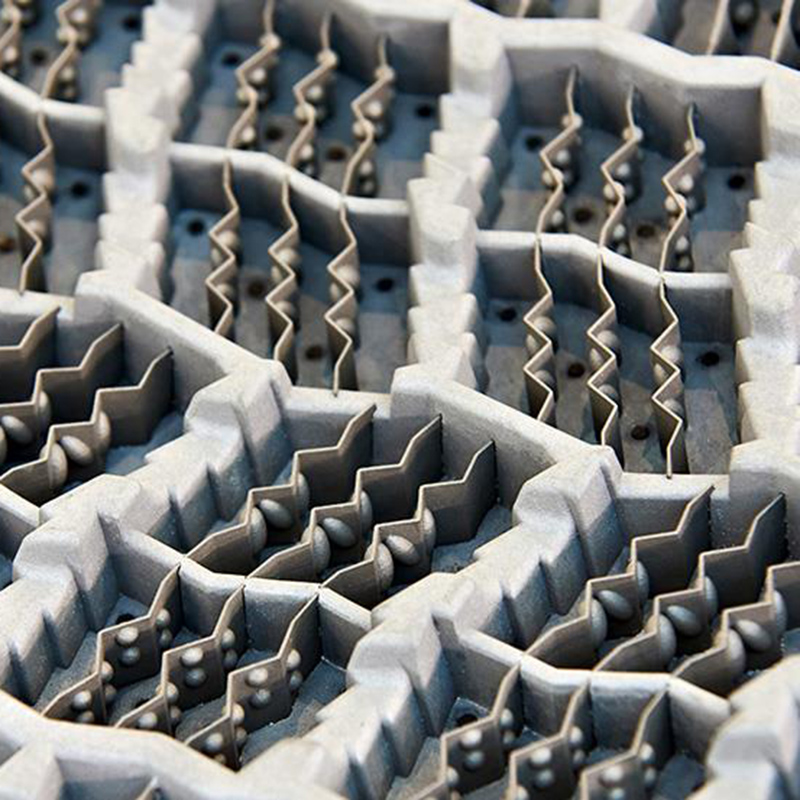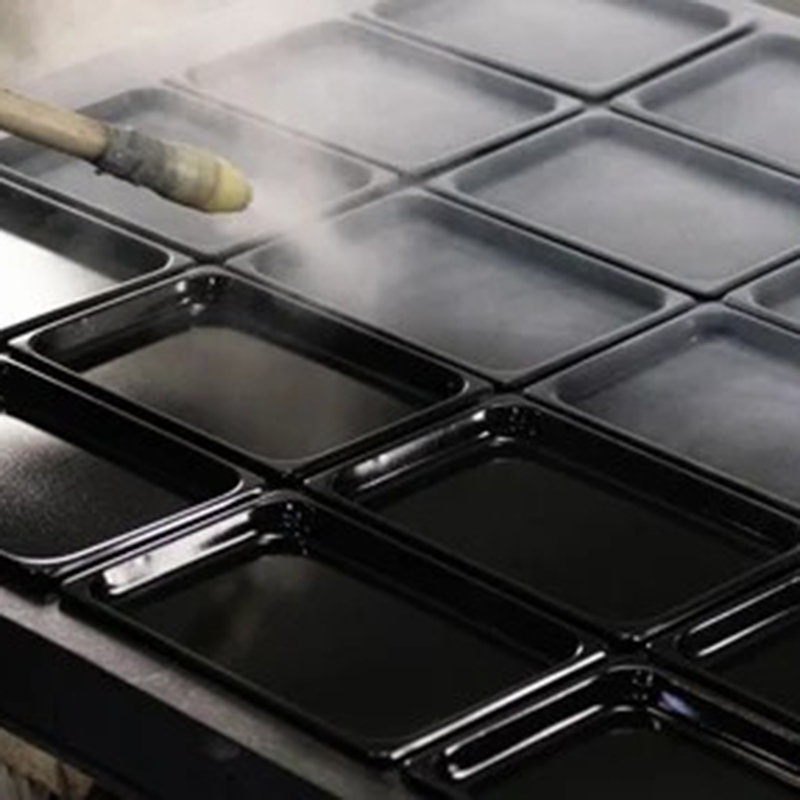Teflon Coating Finish Service
Overview of Teflon/PTFE Coating
Teflon, also known as PTFE (Polytetrafluoroethylene), is a high-performance fluoropolymer coating renowned for its outstanding non-stick properties, low friction, and excellent chemical resistance. The coating works by creating a thin, uniform layer that prevents substances from adhering to the surface, even under extreme temperatures ranging from -200°C to +260°C.
This makes Teflon coatings ideal for applications where easy release, corrosion protection, and reduced wear are critical, such as in food processing equipment, industrial machinery, and precision tools.
Why Choose Custom Industrial Teflon (PTFE) Coating?
Custom PTFE Coating Treatment Company
Teflon/PTFE Coating Application Process
| Step | Process/Activity | Key Parameters & Technical Specifications |
|---|---|---|
| 1. Surface Preparation | Cleaning: Vapor degrease, prebake, or equivalent to remove all contaminants. | Substrate: Carbon steel, stainless steel, aluminium, aluminized steel, others. Impurities negatively impact quality. |
| Roughening: Grit-blasting to create an anchor profile. | Abrasive: Aluminum oxide. Surface Roughness: Target Ra 2-3 µm. Post-treatment for Carbon Steel: Apply a zinc or manganese phosphate conversion coating after blasting. Aluminium: Adheres well to most hard-anodized surfaces. |
|
| 2. Coating Application | Coating Preparation: Mix the coating material thoroughly before application. | Mixing: Mix for ≥15 minutes until homogeneous. Use an axial flow impeller. Avoid air entrapment. Filtering: Filter through a 200 mesh (-70 µm) stainless steel or nylon filter. |
| Spray Application: Apply coating evenly using spray equipment. | Gun Type: Prefer RP (Reduced Pressure). HVLP or conventional guns are acceptable. Manual electrostatic spray is NOT recommended for safety. Nozzle Size: 1.0 - 1.4 mm. Atomizing Air Pressure: 2 - 4 bar (30 - 60 psi). Target DFT: 15 - 20 µm (0.6 - 0.8 mil). Not recommended for multiple coats. |
|
| 3. Drying & Curing | Drying (Flash-off): Remove solvents/water before curing. | Conditions: 5 - 10 min at a metal temperature of 150 - 170°C (300 - 340°F). Place in oven immediately if humidity is high. |
| Curing (Sintering): Fuse the PTFE resin to form the final film. | Standard Cure: 15 min at a metal temperature of 343°C (650°F). Low-Temp Option: Can cure as low as 250°C (480°F) with extended time, but toughness and durability decrease below 343°C. |
|
| 4. Post-Processing | Equipment Clean-up: Clean spray guns and lines after use. | Cleaner/Solvent: TN-8596 (N-Methyl-Pyrrolidone). |
| Viscosity Adjustment | Thinner/Additive: TN-8596 or TN-8595 (if needed). | |
| 5. Quality Control | Dry Film Thickness (DFT) Measurement: Verify coating thickness meets specification. | Method: Use a Dual probe (e.g., ED10/FD10) with a compatible gauge (e.g., Dualscope MP20, MP40, FMP20, FMP40). Acceptance Criteria: 15 - 20 µm. |
| Adhesion Test: Check coating bond to substrate. | Method: Cross-cut test (ASTM D3359) or pull-off test per relevant standards. | |
| Visual & Uniformity Inspection: Check for application defects. | Criteria: Coating must be continuous, uniform, and free from runs, sags, orange peel, pinholes, or contamination. |

Common Applicable Industries of PTFE Coating
How to Choose the Right Teflon Coating (PTFE / FEP / PFA / ETFE)
| Property / Coating Type | PTFE (Polytetrafluoroethylene) | FEP (Fluorinated Ethylene Propylene) | PFA (Perfluoroalkoxy) | ETFE (Ethylene Tetrafluoroethylene) |
|---|---|---|---|---|
| Max Continuous Service Temp. | -260°C (-500°F) | -205°C (-400°F) | -260°C (-500°F) | -150°C (-300°F) |
| Release & Low Friction | Excellent | Very Good | Very Good | Good |
| Abrasion Resistance | Fair | Fair | Fair | Excellent |
| Clarity | Opaque | Transparent / Translucent | Transparent / Translucent | Transparent / Translucent |
| Typical Applications | Cookware, industrial bearings, seals, high-temperature environments | Laboratory ware, liner for pipes & vessels, sight glasses | Semiconductor equipment, high-purity chemical vessels, parts requiring high-temp clarity | Wire & cable insulation, films, high-wear mechanical components |
| Cost Consideration | Economical | Moderate | Higher | Moderate to Higher |
*Always consult with your coating supplier, discuss your specific application conditions (temperature, media, wear, electrical needs, etc.), and review the latest technical data sheets for confirmation before finalizing your choice.
Quick Selection Guide
Choose PTFE if: You need the best release properties and lowest coefficient of friction for high-temperature applications (e.g., cookware, industrial baking), and budget is a key concern.
Choose FEP if: You require good clarity for visual inspection and your service temperature does not exceed 205°C (e.g., sight glasses, linings).
Choose PFA if: You need both PTFE-level high-temperature resistance (260°C) and FEP-like clarity, along with superior chemical purity and stress crack resistance, often required in semiconductor or ultra-pure chemical processing (higher cost).
Choose ETFE if: Abrasion resistance, impact strength, and mechanical toughness are your top priorities for moderate-temperature service (-150°C), such as in cable jackets, films, or abrasion-prone parts.

Frequently Asked Questions
Not necessarily. While Teflon is a well-known brand of PTFE coatings (originally by DuPont and now Chemours), there are many high-quality alternatives available. Manufacturers like Whitford, Daikin, and other coating suppliers also produce PTFE coatings with similar properties—nonstick, chemical resistance, and thermal durability. We can recommend the most suitable PTFE coating brand based on your application and performance needs.
No, Teflon (PTFE) is an excellent electrical insulator. It does not conduct electricity and is widely used to protect components from electrical currents. This non-conductive property makes Teflon PTFE coatings ideal for electronics, wire insulation, circuit boards, and other applications where electrical isolation and protection from arcing or short circuits are critical.
Teflon coatings are highly versatile and can be applied to many substrates, including metals such as steel, aluminum, and copper, as well as plastics and glass. Surface preparation varies by material to ensure strong adhesion—for example, metals often require abrasive blasting or chemical etching, plastics may need plasma treatment, and glass typically requires cleaning and priming. Our team carefully assesses your parts to recommend the ideal coating type and pretreatment process for optimal durability and performance.
Simply contact us via email (sales@kingstarmold.com) with your project details or fill out an info table on our contact page, including part size, quantity, application requirements, and performance needs. Our team will help you choose the best coating and provide a tailored quotation.
Teflon coatings are usually applied in thicknesses ranging from about 20 to 100 microns (0.8 to 4 mils), depending on the type of Teflon used and the performance requirements of your application.



